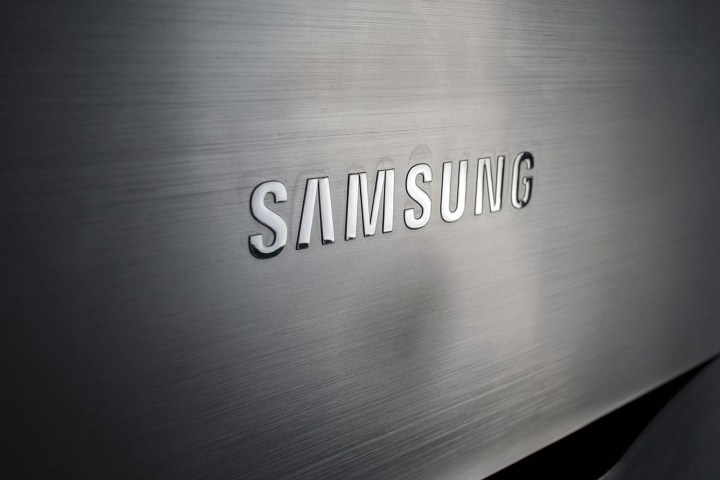
Google Now, for the uninitiated, is an intelligent assistant that uses signals like geographic location, time of day, search history, and emails in order to make recommendations and predictions. It tracks your flights, stocks, and packages in transit, serves up event reminders and sports updates, monitors the local weather forecast, and keeps track of traffic and transit data. And it lets third-party developers serve up other info.
It launched as part of version 4.1 of Google’s mobile Android operating system, and later came to iOS as part of an update to the Google app.
Samsung’s take on a contextual assistant sounds similar, in some ways. The patent describes the eponymous Samsung Hello as “software that will enable block users or computers and mobile devices to access, aggregate, organize, and interact with content, information, and images and topics of general interest to such users,” and that “[gives] personalized features and information on user’s preferences in the fields of weather, music, entertainment, games, travel, science, health, contact, and social news via voice command and voice recognition.”
Samsung isn’t the first to follow in the footsteps of Google’s AI efforts. Taiwanese phone maker HTC took the wraps off BlinkFeed, a so-called social aggregator, alongside the HTC One M8. It tied together social network updates from Facebook, Instagram, and Yelp, news from ESPN MTV, and Fitbit, and other bite-sized informational tidbits into a single chronological stream. And like Google Now, developers can tap into BlinkFeed to serve up notifications.
It’s unclear just how integral a role Samsung Hello will play in future Samsung devices, though. Google Now is a native feature of the Android operating system, but Samsung’s assistant might launch in the form of an optional add-on for owners of current and future Samsung smartphones and tablets.
Or it might be a piece of a larger AI puzzle. A growing body of evidence suggests that Samsung’s next phone will feature a holistic assistant called Bixby, a name which the company trademarked earlier this year. It’ll reportedly be capable of identifying objects within images and tie into third-party apps to help automatically make purchases and place orders, and is said to be deeply ingrained in a forthcoming version of Samsung’s operating system.
Editors' Recommendations
- Every Android tablet we’re expecting in 2024
- Samsung’s newest Android tablet is a perfect iPad alternative
- Galaxy AI is now available for these other Samsung phones
- 5 phones you should buy instead of the iPhone 15 Pro Max
- When is my phone getting Android 14? Here’s everything we know

